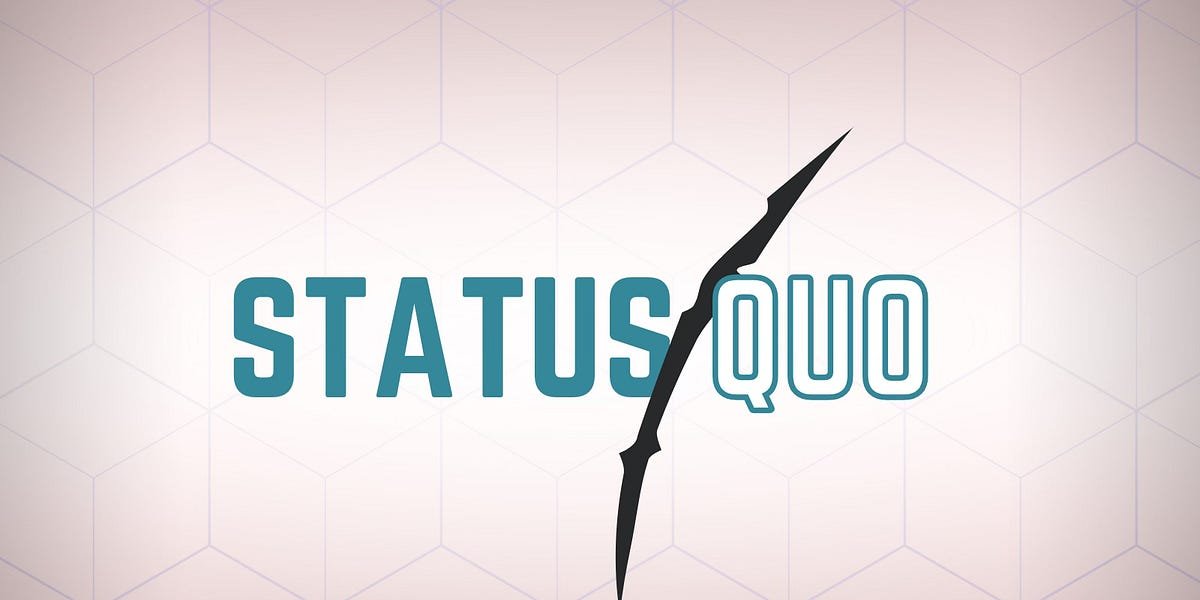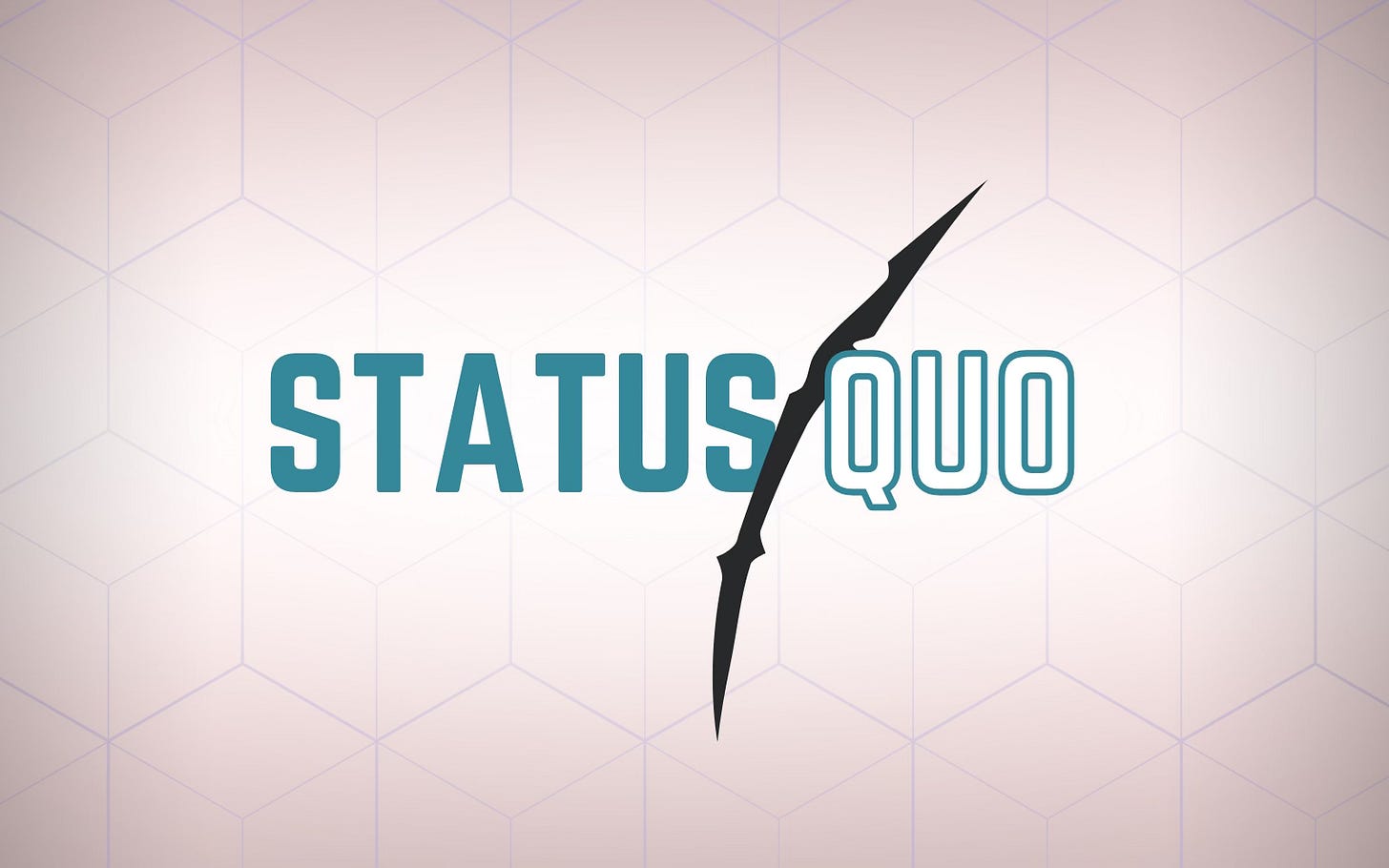Family Medical Heartbreak Drove an Outspoken Benefits Adviser to Slay the Status Quo
February 24, 2025 | by ltcinsuranceshopper

A self-proclaimed health insurance geek, Lester Morales often talks about what inspired his career path. It was deeply personal for the charismatic Puerto Rico-born founder and CEO of Next Impact. He lost both parents to cancer and experienced first-hand the pain of mounting medical debt from costly treatments that – even with health insurance – caused his family to file for personal bankruptcy because of unaffordable out-of-pocket requirements. The Morales household was ruined financially trying to keep its patriarch alive.
These scars inform how he speaks and writes about the unsustainability of the U.S. health care system. Given his family medical history, Morales was terrified in early 2024 upon learning that a polyp on his vocal cord could be cancerous. He deployed his insider knowledge to negotiate a bundled cash price from pre- to post-op care with a top-notch surgeon. Thankfully, it wasn’t cancer and he has fully recovered.
But there are invaluable lessons in his experience, which Morales describes in the following interview, edited for clarity and space considerations.
You’re part of a growing cadre of independent employee benefit advisers who realized they were aiding and abetting Big Insurance and other middlemen. What was it like to have that epiphany and what’s been going on in the brokerage and advisory space in recent years?
MORALES: I don’t think anybody knows what they’re doing until they know that there’s another side of the coin. When I was at (Willis North America), I didn’t think, “I’m not doing what’s in the best interest of my client.” I just didn’t know anything (other than the big health insurance conglomerates) existed. It’s super important for employers and advisers to be curious and learn about alternatives because you might hear that reference-based pricing (RBP) is terrible, and then you go right past it. But it’s (a tool) that’s running like a champ for hundreds of groups whose employees love it, and they’re saving a bunch of money. I also think that the C-Suite has to be more involved in their health benefits decisions because it’s usually their second largest profit and loss expense.
You’re a proponent of self-insurance, medical stop-loss captives, RBP, fiduciary pharmacy benefit managers (PBMs), direct primary care and other aggressive cost-containment solutions. Why should employers embrace these approaches?
MORALES: A lot of insurance companies have rules around (employer customers) being a certain size in order to carve out their PBM or stop-loss coverage and renting their provider network. All of those rules are there to hamper innovation. So I have always been involved in self-funding. I did onsite clinics. I was doing direct contracting before I knew the term, but you didn’t know what you didn’t know until you knew it. The aha moment for me was my mom passing away from pancreatic cancer. Once I started to figure out there are centers of excellence that some employers are sending their employees to, I became really infatuated, like a dog with a bone learning more about that. I think in today’s world, it is all about education and exposure. We will have far more (employers) in two years doing self-funding because they’ve been educated.
What are transparent health benefits, or THB, which you came up with just before the pandemic, and how do they dovetail into the need for greater transparent pricing of medical services and better stewardship of health plan management?
MORALES: If we understand that the quality and cost of health care changes depending on where somebody goes, then we start there. Do we have access to the data? Do we understand the quality scores of providers? Do we know what the MRI costs in one facility vs. another? If we understand that, then the second question is, how are we actually building a plan that takes that into consideration? Well, that requires a financial incentive for the health plan member, the patient, to make that buying decision. What tools do they have to understand that they can get knee surgery for $25,000 or $62,000? If my $5,000 deductible is going to be hit whether I go here or there, if they pay the same amount, I don’t care as a consumer.
That’s why the employer has to understand there has to be a win-win between the employee – who is the decision maker (and who needs help figuring out where to access health care – and the benefit plan. For advocacy tools, whether it’s a nurse concierge, data, AI or an app, there needs to be an incentive for people to use it. The whole THB concept was that we need to create a brand that educates advisers and employers on the things that are getting us closer to having more transparency in health benefits.
Half of working Americans live paycheck to paycheck, while medical debt is now the leading cause of personal bankruptcy in this country. How does this stark reality motivate you, especially as a minority in a largely white-male business?
MORALES: It is my “why.” One of the education pieces I do a lot with employers is I’ll ask how much money their lowest-paid employee makes. Let’s just play with $40,000 as an example. They have a $10,000 out-of-pocket max. That means that that employee would have to pay 25% of their gross take-home on health care (before their coverage would kick in). And so when you’re sitting in the corner office and you increase the deductible or out-of-pocket maximum, the word empathy is missing if that CEO is making $250,000 a year.
My parents weren’t spending money frivolously. They were paying their deductible and out-of-pocket (requirements). And then when it’s an expensive cancer treatment, the reality of it is you’re trying to save somebody’s life. I don’t understand why an employer wouldn’t at least give their people an opportunity to buy their health care services cheaper, especially if they have people cutting out coupons for 39-cent savings on lima beans. We’ve lost touch with how the average person actually has to run their life. It’s incumbent upon employers and advisers not to think of things in a one-size-fits-all manner and think of creative ways to make that easier, like a telemedicine program or travel benefit.
What’s your sense now about the extent to which doctors are revolting against the BUCAHs [Blue Cross Blue Shield, UnitedHealthcare, Cigna, Aetna and Humana] and pursuing direct contracting with employers or charging patients cash to avoid chasing claims?
MORALES: So depending on the facility or doctor, typically stats will tell you that most hospitals spend 30 to 60 cents on the dollar chasing the dollar. And it takes 90 days to collect that. It’s a tough process. On one side of the table is the employee who doesn’t want to pay a deductible or out-of-pocket cost. On the other side is their employer, which doesn’t want to charge it, and the hospital doesn’t want to collect it. So why the hell are we even doing this if all of those people don’t want anything to do with it?!
If the provider says, give me a better reimbursement by 50%, and I’ll never charge the dollar so you don’t have to chase it, you’re offering a better benefit for your community. People aren’t filing for bankruptcy. You’re fulfilling your mission. I am having this conversation with hospitals infinitely more today than I did yesterday and the day before. I know two people who have gone to work for hospitals in a newly created position for direct contracting with employers.
You’re a GenXer who leverages social media, webinars and podcasts. Why are all those important in building your brand and disseminating information?
MORALES: I don’t ever think that we’re selling. We’re just constantly educating a bunch of people, and I think people will naturally gravitate to this. And so while you’re educating through a podcast or whatever, you’re creating brand affinity. You’re focused on education. Brand is just naturally coming along with it.
I think what we do poorly in our industry is forget to ask the hard questions sooner. When people think this whole (social-media) content game is intimidating, it’s because they think that they have to produce content in a format that they’re not necessarily comfortable with. But just find yours. Also, you don’t have to be the one standing on stage to host the party. Ask the audience three questions and let the subject matter experts go. So you don’t even have to be the smartest person in the room to be able to bring people in to hear a story. You’re asking the panelists, whether it’s virtual or live questions, and let them answer those. If I was starting an agency over again, I wouldn’t hire sales people. I’d invest triple in marketing, education and events, and I would just be constantly using education and calls to action.
Bruce Shutan is a freelance journalist in Portland, Oregon, who has written about employer-provided group health benefits for 36 years. He is the former managing editor of Employee Benefit News, a regular contributor to The Self-Insurer magazine published by the Self-Insurance Institute of America, and has written for more than 130 other publications during his career.
RELATED POSTS
View all







